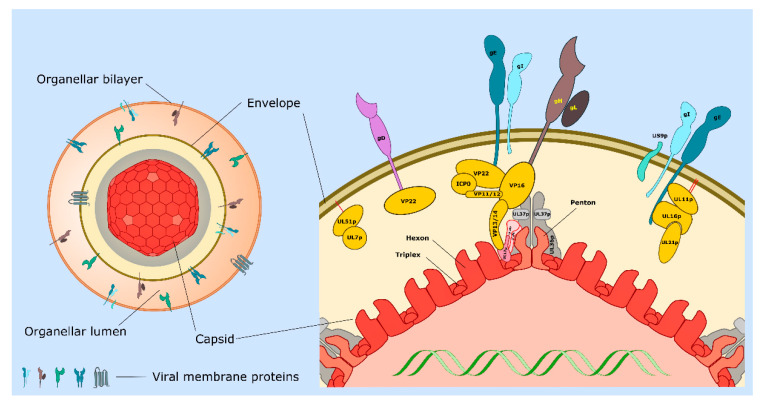File:Ijms-21-05969-g001.jpg
Jump to navigation
Jump to search
Ijms-21-05969-g001.jpg (763 × 407 pixels, file size: 105 KB, MIME type: image/jpeg)
File history
Click on a date/time to view the file as it appeared at that time.
| Date/Time | Thumbnail | Dimensions | User | Comment | |
|---|---|---|---|---|---|
| current | 20:17, 17 March 2023 |  | 763 × 407 (105 KB) | Ozzie10aaaa | Uploaded a work by Imran Ahmad and Duncan W. Wilson from https://www.ncbi.nlm.nih.gov/pmc/articles/PMC7503644/o with UploadWizard |
File usage
The following page uses this file:
